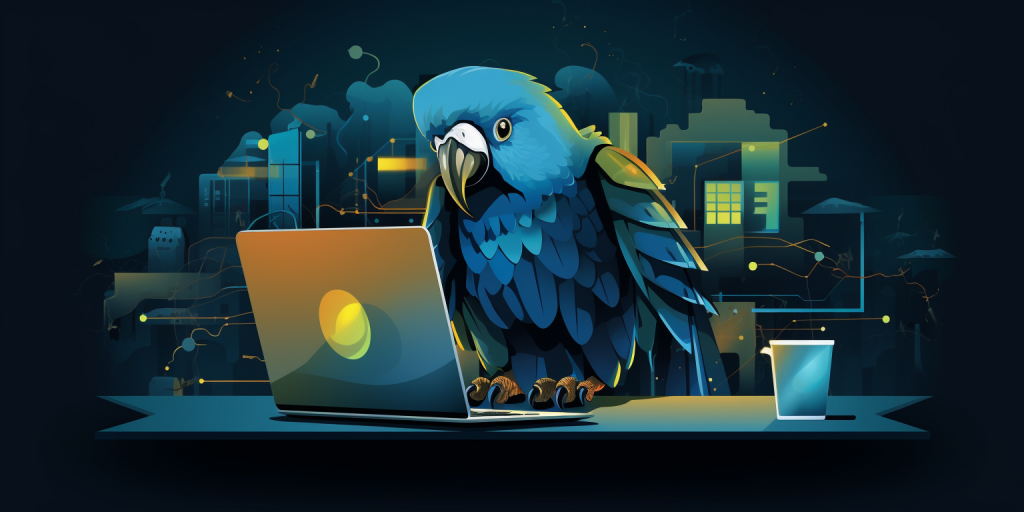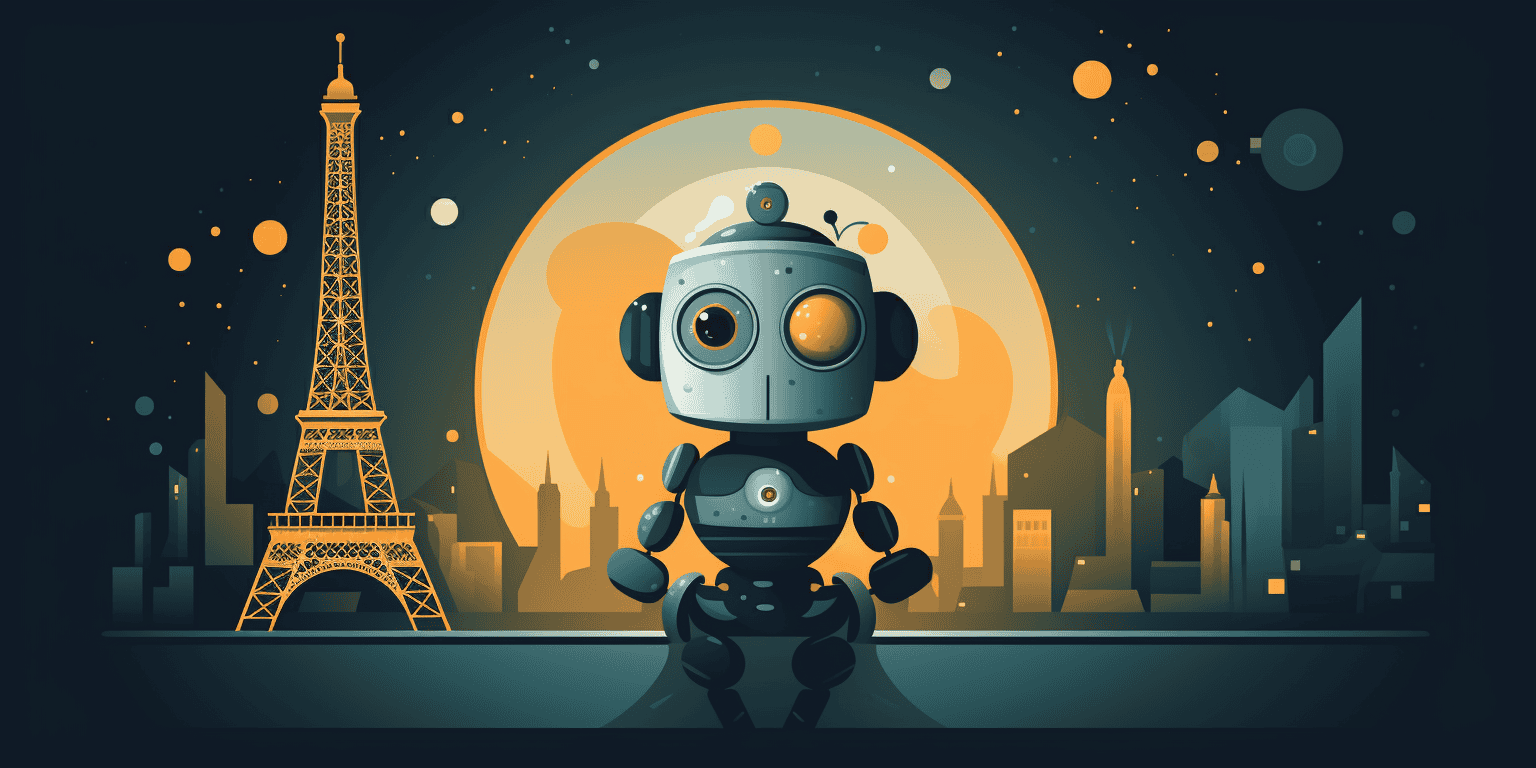Why Does AI Give Different Answers to the Same Question?
Have you ever chatted with an AI and got different answers to the same question?
In fact, it is notorious for giving slightly different answers to the same question every time, even when you word the question exactly the same.
But this does make sense. Let me break it down:
Table of Contents
- It’s Like a Very Smart Parrot (But Not Quite)
- Why the Answers Can Be Different
- It’s Playing Word Roulette
- It’s Drawing from a Massive Library
- It’s Trying to Match Your Mood
- Its ‘Creativity Dial’ Might Be Set Differently
- What This Means for You
- Don’t Treat It Like a Database
- Use It for Inspiration
- Verify Important Information
- Embrace the Conversation
It’s Like a Very Smart Parrot (But Not Quite)
Imagine you have an incredibly clever parrot. This parrot has read every book in the world and can string together sentences based on what it’s learned.

But here’s the kicker: the parrot doesn’t actually understand what it’s saying. It’s just really good at putting words together in a way that makes sense.
That’s a bit like how AI chatbots work.
They’re not thinking beings with fixed opinions. Instead, they’re very sophisticated pattern-matching machines. They look at the words you’ve typed, compare them to all the information they’ve been trained on, and then string together a response.
Why the Answers Can Be Different
So why might you get different answers? There are a few reasons:
It’s Playing Word Roulette
Every time the AI answers a question, it’s a bit like spinning a roulette wheel of words. It chooses the most likely words to come next, but there’s always a bit of randomness involved. So you might get slightly different results each time.

Here’s an example: If you ask “What’s a good way to start the day?”, one time it might say “A healthy breakfast”, and another time “A brisk walk”. Both are valid answers, just picked from different spots on the ‘word roulette wheel’.
It’s Drawing from a Massive Library
The AI has been trained on an enormous amount of information. Imagine the biggest library you’ve ever seen, and then multiply that by a million. When you ask a question, it’s like the AI is quickly skimming through this massive library to find relevant information. Sometimes it might stumble upon one set of books, other times another. This can lead to slightly different answers.
It’s Trying to Match Your Mood or Context
Depending on how you phrase your question or what you’ve said before, the AI might pick up on different ‘vibes’ or context. It then tries to match its answer to what it thinks you’re looking for.

If you say “Tell me about the capital of France” in the middle of a conversation about history, it might give you a more detailed answer about Paris’s historical significance.
If you ask the same question while discussing travel, it might focus more on the tourist attractions.
Its ‘Creativity Dial’ Might Be Set Differently
Sometimes, the AI is set to be more creative and varied in its responses. Other times, it’s set to be more focused and consistent. This ‘creativity dial’ (which techies call ‘temperature’) can affect how diverse its answers are.
What This Means for You
Understanding this can help you use AI more effectively in your business. Here’s what I suggest:
Don’t Treat It Like a Database
The AI isn’t storing fixed facts, and it’s not software that produces the same answer every time. It’s generating responses based on patterns but can be random, just like if you are talking to a person – it will almost never give you identical answers each time.
Use It for Inspiration
The variety in answers can be a strength. It can give you different perspectives on a problem or spark new ideas. In fact, you can even ask it to be more creative.
Verify Important Information
Because answers can vary, always double-check any critical information the AI provides, especially for important business decisions or if you’re going to publish something it gives you.
Embrace the Conversation
Think of interacting with AI more like having a brainstorming session with a very knowledgeable – but sometimes quirky – colleague, rather than looking up facts in an encyclopedia.
AI is a powerful tool, but it’s not perfect.
By getting to know these quirks, you can use it more effectively to enhance your business, spark creativity, and solve problems in new ways.
I hope this helps you understand the sometimes puzzling world of AI!
If you need help with AI in your business, reach out, I’d be happy to chat.






